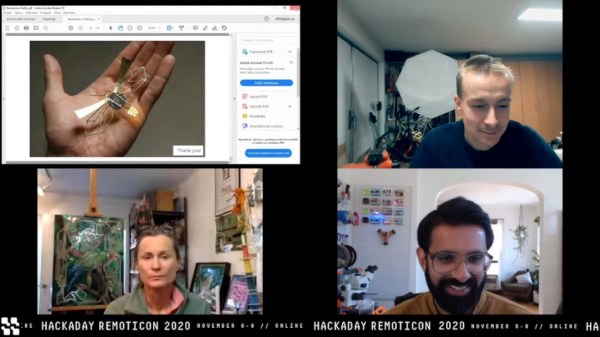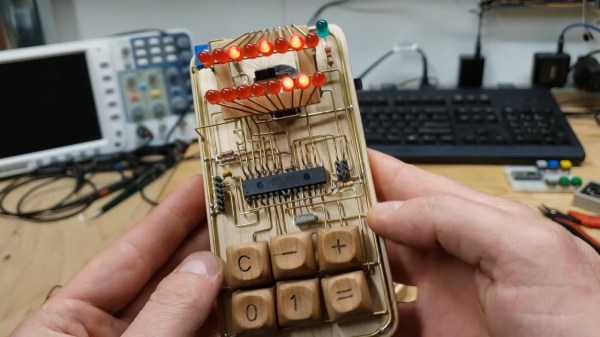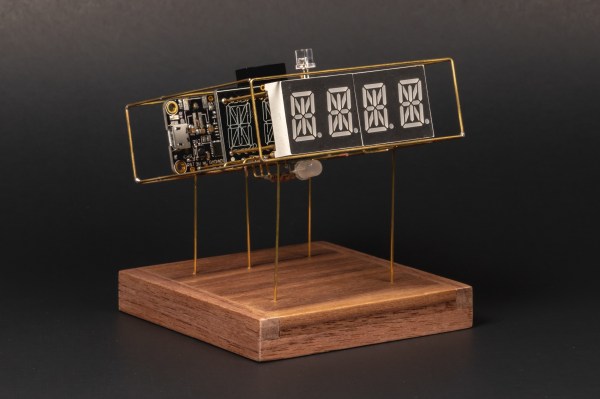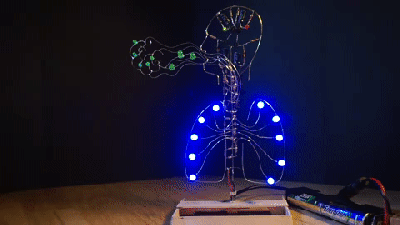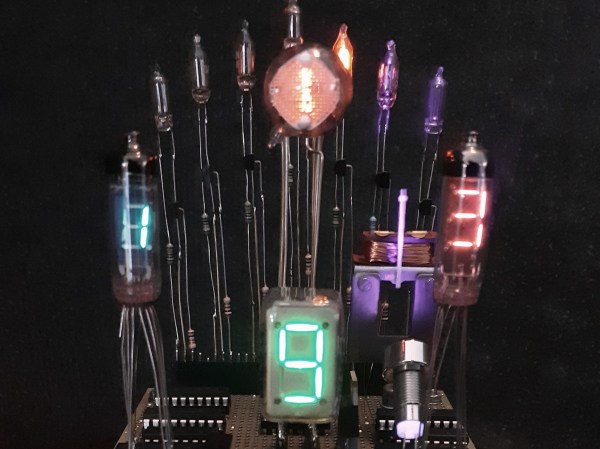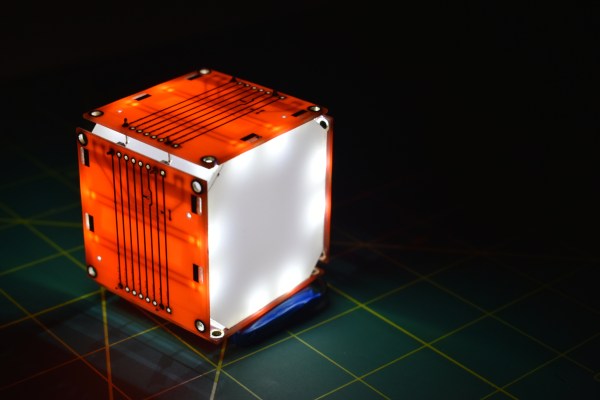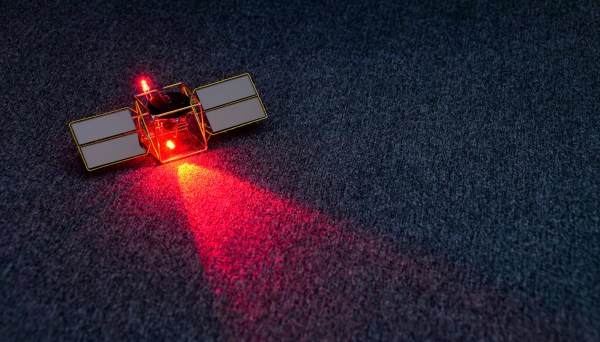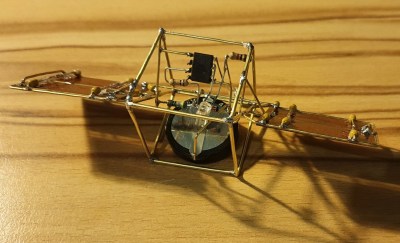Circuit Sculpture was one of our most anticipated workshops of Hackaday Remoticon 2020, and now it’s ready for those who missed it to enjoy. A beginning circuit sculptor could hardly ask for more than this workshop, which highlights three different approaches to building firefly circuit sculptures and is led by some of the most prominent people to ever bend brass and components to their will — Jiří Praus, Mohit Bhoite, & Kelly Heaton.
For starters, you’ll learn the different tools and techniques that each of them uses to create their sculptures. For instance, Kelly likes to use water-based clay to hold components in specific orientations while forming the sculpture and soldering it all together. Jiří and Mohit on the other hand tend to use tape. The point is that there is no right or wrong way, but to instead have all of these tips and tricks under your belt as you sculpt. And that’s what this workshop is really about.
Continue reading “Remoticon Video: Circuit Sculpture Workshop”

